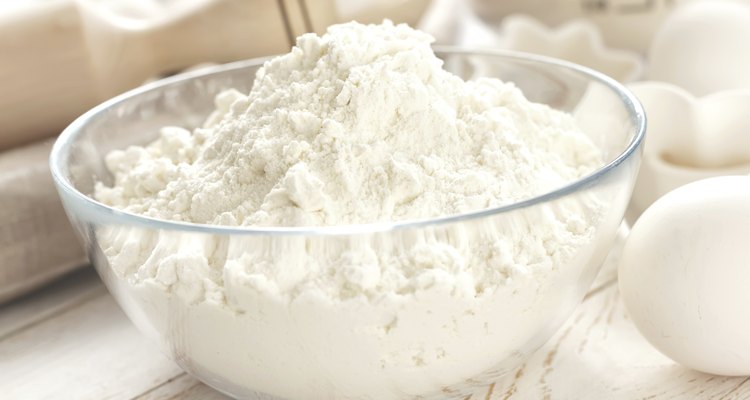
YelenaYemchuk/iStock/Getty Images
For a twist on baking, you can incorporate different flour types as an alternative to standard all-purpose flour. Millet flour, which has light yellow color similar to cornmeal, is an option that provides a buttery flavor. It's also gluten free. Gluten provides a binding action that forms nicely rounded cakes, cookies and other baked goods. Since gluten is not present in millet flour, it requires a supplementary ingredient that emulates the binding properties of gluten, such as guar gum, or the addition of a flour, such as all-purpose, which contains gluten.
Millet and All-Purpose Flour
Follow the steps in a recipe as indicated until you reach a step involving the addition of flour.
Replace half of the all-purpose or other flour type with millet flour when combining the dry ingredients in a mixing bowl. For example, if the recipe requires 2 cups of flour, instead use 1 cup of a flour that contains gluten, such as all-purpose, bread or pastry flour, and 1 cup of millet flour.
Follow the remaining steps of the recipe.
Millet and Guar Gum
Substitute millet flour for amount of all-purpose flour the recipe calls for but subtract 1/4 cup of flour for every 3/4 cup stipulated in the recipe. For example, if the recipe requires 3/4 cup of all-purpose or other standard flour, use 1/2 cup of millet flour.
Add 1 tsp. of guar gum and 1/4 cup of cornstarch for every 1/2 cup of millet flour to the dry ingredients.
Follow the remaining steps of the recipe.
Related Articles

How to Replace Flour With Oat Flour

How to Bake With Rice & Potato Flours
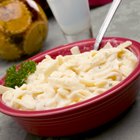
How to Make Creamy Alfredo Sauce With ...
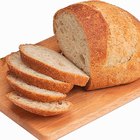
How to Make Toasted Bread Sticks With ...
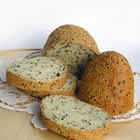
How to Add Gluten to All-Purpose Flour
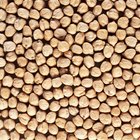
How to Roast Chickpea Flour
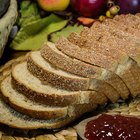
How to Substitute Wheat Germ for Flour
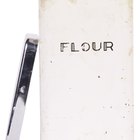
What Are the Functions of Flour in ...

Flour Substitute for Muffins

How to Freeze Empanadas

Psyllium Husk & Gluten
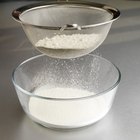
How to Substitute Cornstarch for ...

Substitute for Gram or Besan Flour

How to Make Sweet Brown Rice
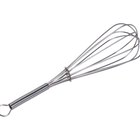
How to Whisk Flour
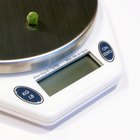
How to Convert a Measuring Cup to a ...

How to Replace Milk and Butter in Baked ...
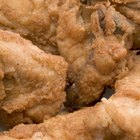
How to Season Flour for Fried Chicken

How to Substitute Mayonnaise for Sour ...

How to Replace Wheat
Writer Bio
Based in Richmond, Va., Tara Carson has written articles for editorial and corporate online and print publications for more than 10 years. She has experience as an adjunct professor of nutrition at Northwest Christian University and holds a Bachelor of Science in journalism and nutrition from Virginia Commonwealth University.
Photo Credits
YelenaYemchuk/iStock/Getty Images